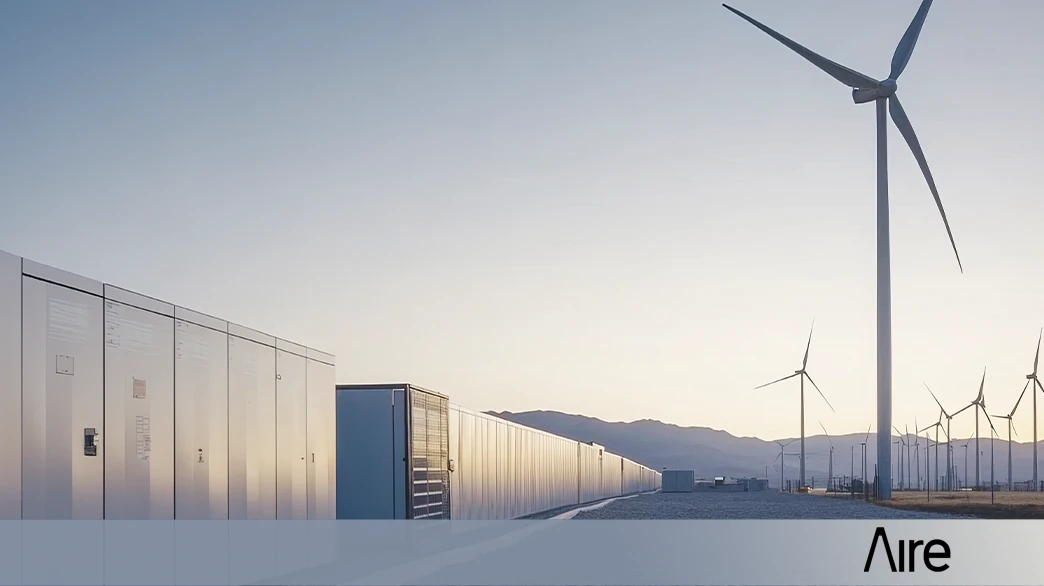A notable trend in the finance sector is investing in carbon capture—a technology that not only neutralizes hard-to-reduce emissions but also opens up new business opportunities. From bioenergy with carbon capture and storage (BECCS) to biochar and direct air capture (DAC), banks and other financial institutions are recognizing the significant potential of projects that permanently store carbon dioxide.
The importance of carbon capture
Climate change requires both a reduction in emissions and a way to address those that are most difficult to eliminate. International climate targets and the UN Intergovernmental Panel on Climate Change (IPCC) highlight that carbon capture and storage solutions are vital to limiting global warming. Many companies aiming for net-zero need to neutralize their remaining emissions, making carbon capture a crucial part of their strategy.

A new market with high potential
According to the Science Based Targets initiative (SBTi), more than 3,600 companies have already committed to net-zero. This creates a growing demand for high-quality, effective carbon capture projects—potentially reaching billions of tons of CO₂ by 2050. Meanwhile, supply is still limited, with many technologies in the early stages and facing challenges around pricing, investment risks, and infrastructure. Various finance actors are stepping in to offer products and services tied to carbon capture, helping to create a functional market.
Multiple technologies in focus
- BECCS (Bioenergy with Carbon Capture and Storage): Burning biomass while capturing and storing CO₂.
- Biochar: A process in which organic material is heated in a low-oxygen environment, binding carbon and improving soil quality.
- DAC (Direct Air Capture): An innovative technology that captures ambient CO₂ directly from the air for permanent storage.
Collaboration and infrastructure are key
Scaling up carbon capture demands large investments in everything from transporting liquid CO₂ to storage facilities. Public funding, corporate engagement, and innovative logistics will be essential for these technologies to grow at the pace needed.
What does this mean for Wattly?
At Wattly, we see a clear connection between these new financial initiatives around carbon capture and our own goals of creating sustainable energy solutions. By partnering with banks and finance actors that support such projects, we can:
- Strengthen existing clients’ climate strategies by providing more comprehensive solutions.
- Expand our ecosystem of green tech partners, with carbon capture as a key component.
- Contribute to the future of the energy market by combining energy and carbon-focused projects to reach net-zero more efficiently.
“The finance sector’s growing interest in carbon capture shows that this isn’t just a climate solution, but also a rapidly evolving market with tremendous potential. By working together, we can pave the way for scalable, long-term solutions that benefit both the environment and the economy.”
– [Your Role/Title], Wattly
Want to know more?
If you have questions about how Wattly views emerging carbon capture technologies or how the finance sector’s engagement can create new opportunities, feel free to contact us. We’ll be glad to share more about our vision for future green investments and how we collaborate with various stakeholders to accelerate the sustainable transition.





